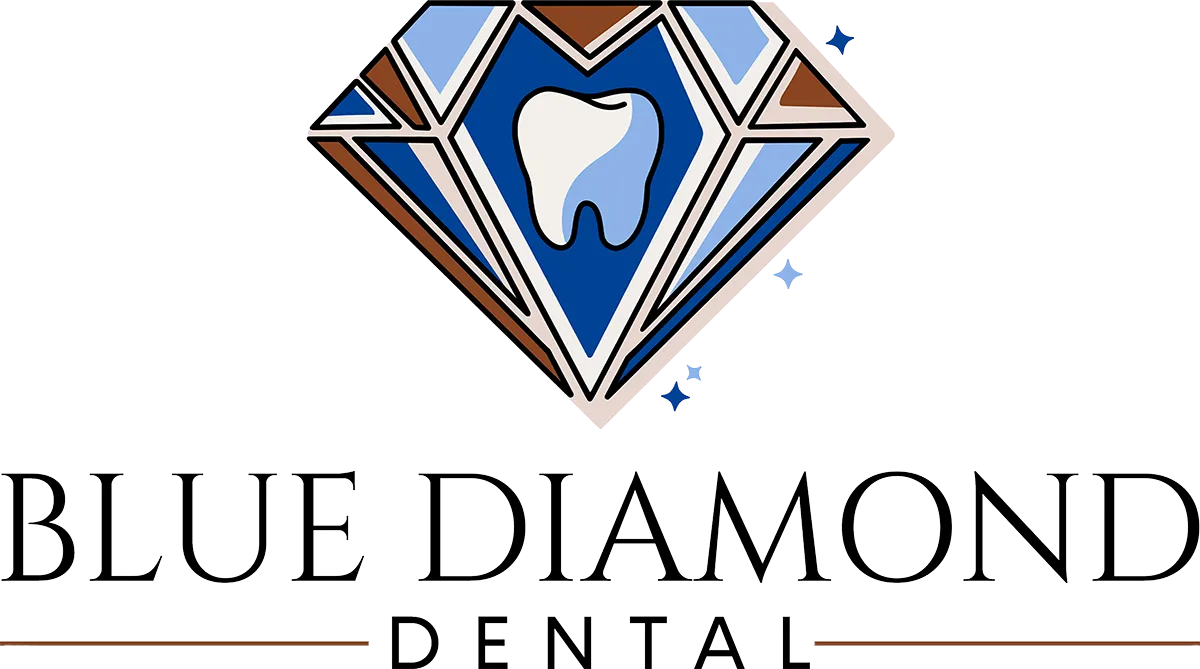Restorative Dentistry
Composite Dental Fillings
We are a mercury-free practice. However, many people still have silver/mercury fillings in their mouths from years past. These fillings are not particularly pleasing to the eye, and we know that by unavoidable design, silver/mercury fillings ultimately result in a weaker tooth structure.

Silver fillings have many drawbacks. The edges of the silver filling can wear down, become weak or break. This results in the tooth not being protected and lets cavities get started once again. With age, the metal of a silver filling expands, contracts, and can split.
Silver fillings contain 50 percent mercury. They can corrode, leak and cause stains on your teeth and gums.
Fortunately, silver fillings can safely be replaced with Tooth-Colored Restorations.
There are many advantages to tooth-colored restorations. Resin onlays are bonded to the teeth creating a tight, superior fit to the natural tooth. Such restorations can be used in instances where much of the tooth structure has been lost. The tooth remains intact and stronger.
Since the resin used in tooth-colored restorations contain fluoride this can help prevent decay. The resin wears like natural teeth and does not require placement at the gum line, which is healthier for your gums!
The result is a beautiful smile!
You can have your silver fillings replaced with tooth-colored restorations (onlays). This process requires two appointments.
Your First Appointment:
- The old filling is removed along with any additional decay.
- An impression is made of your teeth. A model of your teeth is made and sent to the lab.
- A temporary onlay is placed on the tooth.
At the Lab: A resin is carefully placed into the model of your teeth. It is then designed to look natural.
Your Second Appointment:
- The temporary onlay is removed.
- A conditioning gel is placed on your tooth to prepare it for the new onlay.
- Bonding cement is placed on the tooth and a high intensity light bonds the resin to the tooth.
- The tooth is then polished.
Your teeth are restored to a natural look and feel, they are stronger and the tooth is protected!
Dental Amalgam is a commonly used dental filling that has been used for over 150 years. It is a mixture of mercury with at least one other metal. Amalgam has many advantages over other restorative material, such as low cost, strength, durability, and bacteriostatic effects.
Amalgam is used in dentistry for a number of reasons. It is relatively easy to use and manipulate during placement; it remains soft for a short time so it can be packed to fill any irregular volume, and then forms a hard compound. Amalgam possesses greater longevity than other direct restorative materials, such as composite. On average, most amalgam restorations serve for 10 to 12 years.
There are circumstances in which composite (white fillings) serves better than amalgam; when amalgam is not indicated, or when a more conservative preparation would be beneficial, composite is the recommended restorative material. These situations would include small occlusal restorations, in which amalgam would require the removal of a more sound tooth structure, as well as in “enamel sites beyond the height of contour.”
The American Dental Association Council on Scientific Affairs has concluded that both amalgam and composite materials are considered safe and effective for tooth restoration.
The best way to prepare for a dental exam is to practice good dental care. Brushing your teeth twice a day and flossing at least once a day is recommended. Be sure to clean your teeth before you arrive at your appointment. Our team will be cleaning your teeth for you, but it is helpful to remove food and plaque beforehand so we can focus on the more difficult-to-clean areas. You also want to make sure you are prepared to share pertinent information such as your medical history, insurance coverage and current dental care methods with us. Don’t be embarrassed to be honest about your oral health habits – our team is not here to judge you, but to work with you to improve your habits and ensure dental health! Lastly, be prepared to schedule a follow-up appointment or future check-up at the end of your dental exam.
